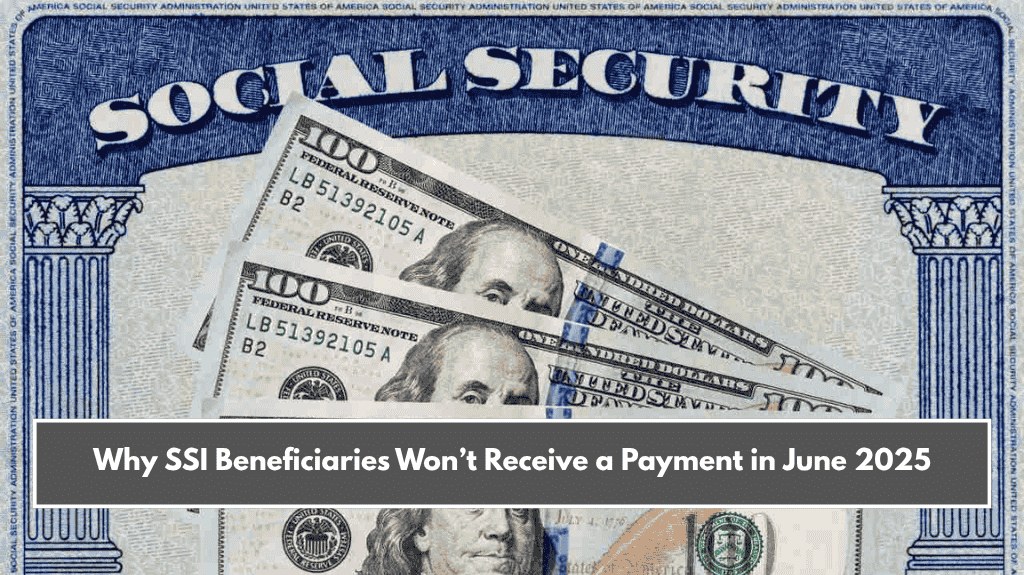Retirement is something most of us look forward to, but the age you can finally stop working and receive full Social Security benefits is changing. The Social Security Administration (SSA) has now confirmed that, starting in 2026, the full retirement age (FRA) will officially be 67. That means retiring at 65 will no longer give you full benefits.
This change is the final part of a long-term plan that started over 40 years ago, aimed at helping the Social Security system stay financially stable. Here’s what it means for your future plans.
What Is the Full Retirement Age (FRA)?
The full retirement age is the age at which you can receive 100% of your Social Security retirement benefits. Until now, it’s been gradually increasing every year:
2021: 66 years and 2 months
2022: 66 years and 4 months
2023: 66 years and 6 months
2024: 66 years and 8 months
2025: 66 years and 10 months
Starting January 1, 2026, it will be fixed at 67 years, and it won’t increase further—at least for now.
Can I Retire Earlier Than 67?
Yes, you can still choose early retirement at age 62, but there’s a catch. If you retire early, your monthly benefits will be reduced by up to 30%. So instead of receiving your full retirement amount, you’ll get a smaller monthly check.
Early retirement is a good option only if you truly need it—like for health or financial reasons. But if you can wait until 67, you’ll get your full benefits without any reduction.
Can I Keep Working After 67?
Absolutely. If you enjoy working or want to boost your benefits, you can continue working until the age of 70. The SSA will reward you for waiting by increasing your monthly payments. The longer you delay retirement (up to age 70), the more money you’ll receive each month.

Why Did They Raise the Retirement Age?
The main reason is money. Social Security has been dealing with financial problems for years. By increasing the retirement age, the SSA can delay payments and reduce the number of people receiving benefits at the same time.
This helps the system stay financially healthy and avoid benefit cuts that could affect millions of retirees.
Why Is the Increase Stopping at Age 67?
When the changes started back in 1983, the plan was always to stop increasing the retirement age once it reached 67. That’s now happening in 2026. Unless a new law is passed, 67 will remain the full retirement age for future retirees.
Will There Be More Changes in the Future?
Right now, officials say there are no plans to make more changes to the retirement age or benefits. But political debates are ongoing. Some groups want to protect benefits, while others propose new reforms.
So, while 67 is the rule for now, nothing is guaranteed in the long run. It’s always wise to keep an eye on updates from the SSA and plan your retirement accordingly.
So yes, 67 is the new 65. While that may feel like a setback, it’s part of a broader plan to ensure Social Security stays strong for future generations. If you can wait to retire, you’ll enjoy full benefits and more financial stability.
For many Americans, this shift marks the end of a decades-long phase—but also the beginning of better planning for their “golden years.”















